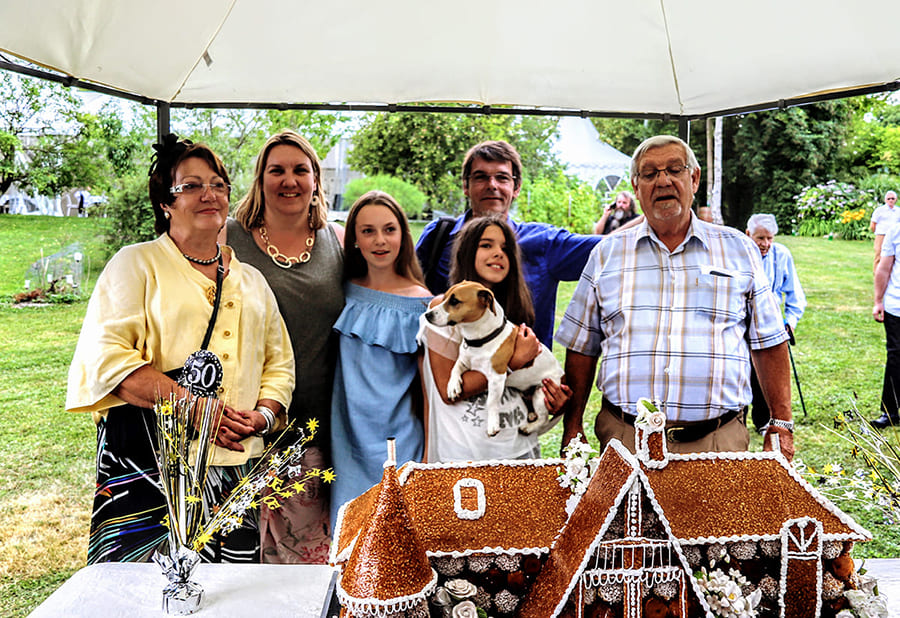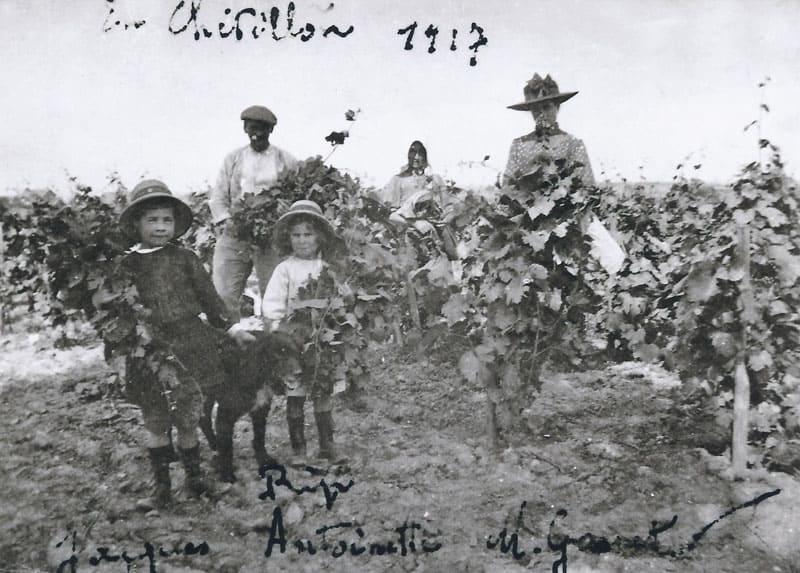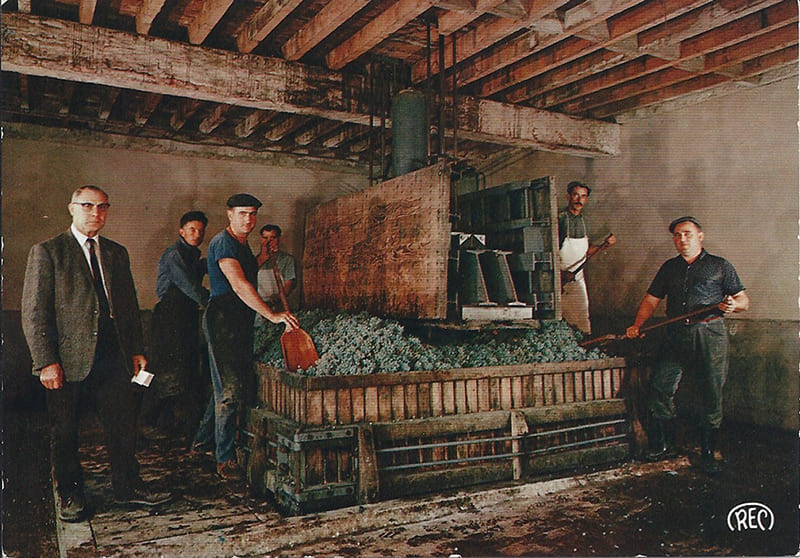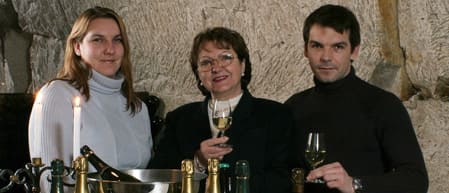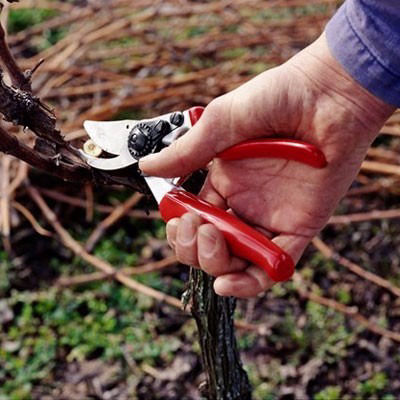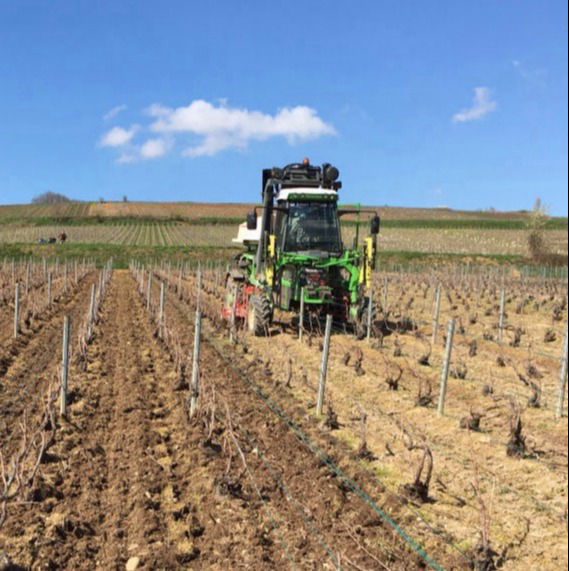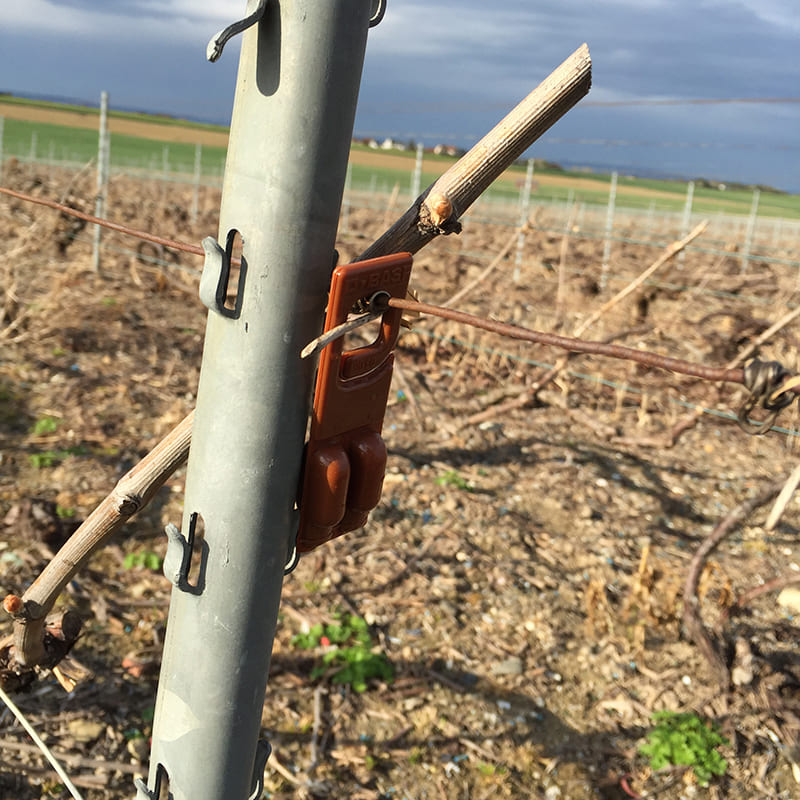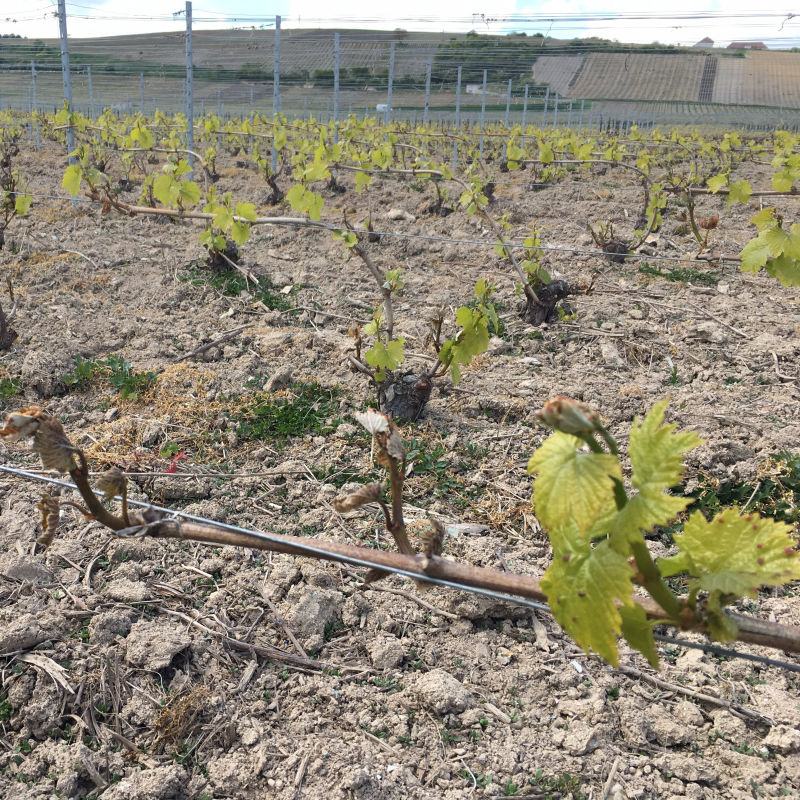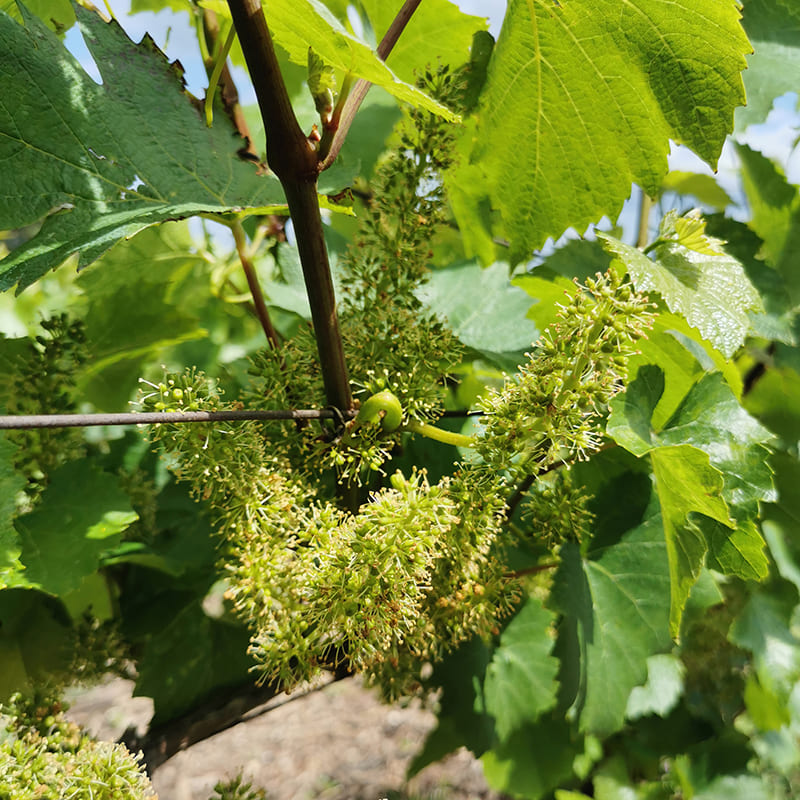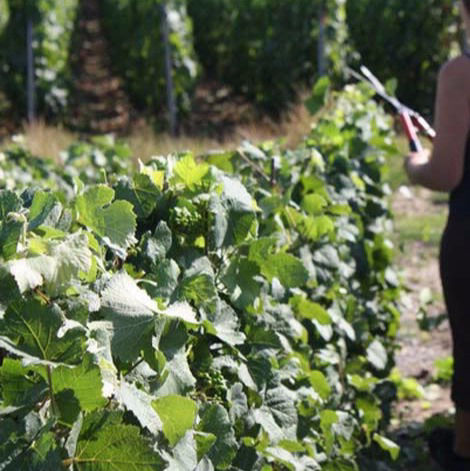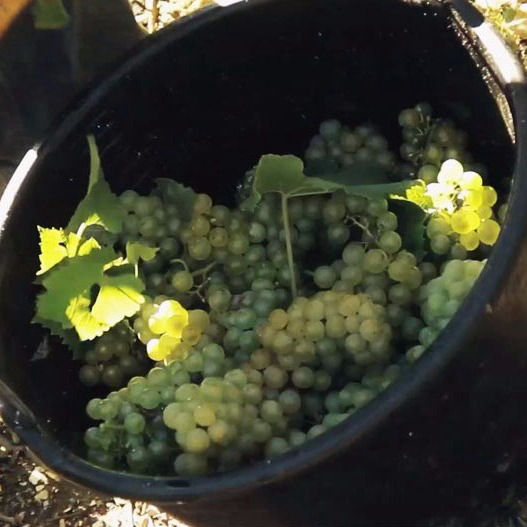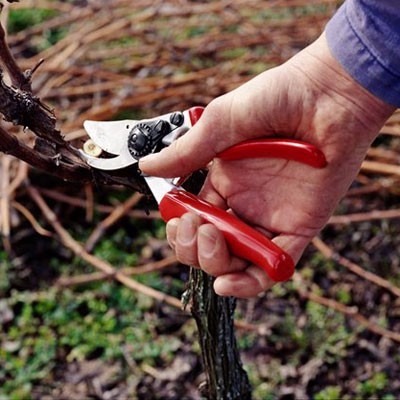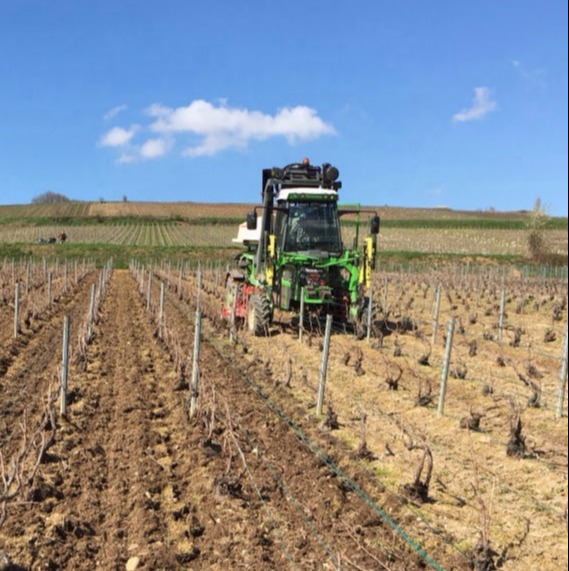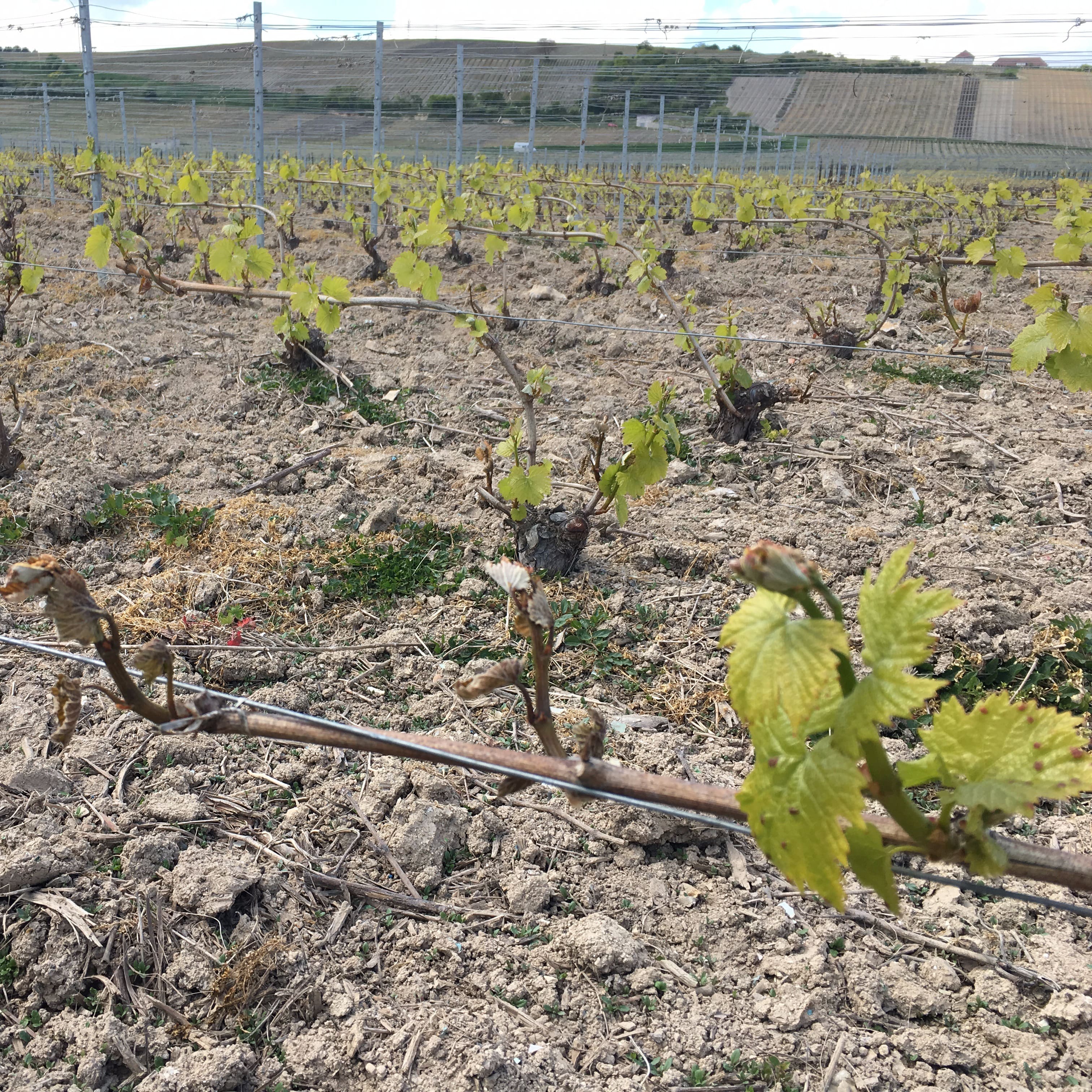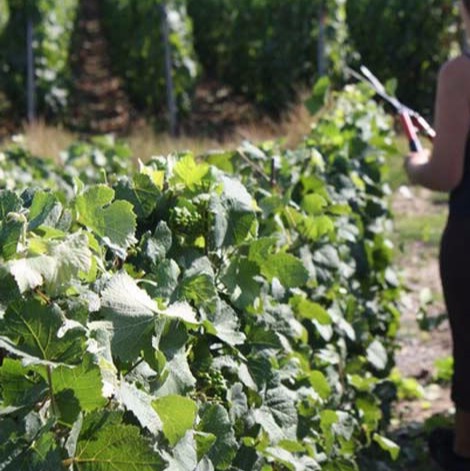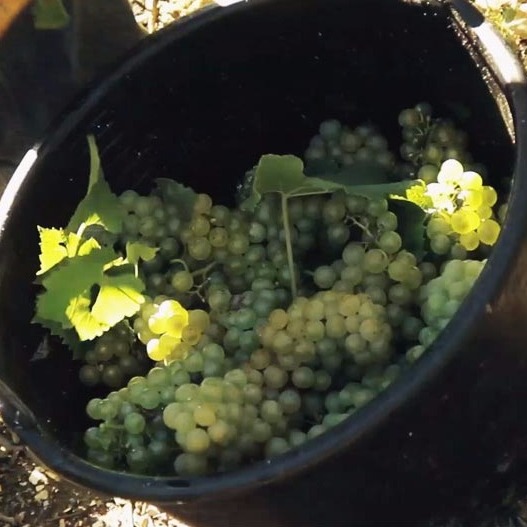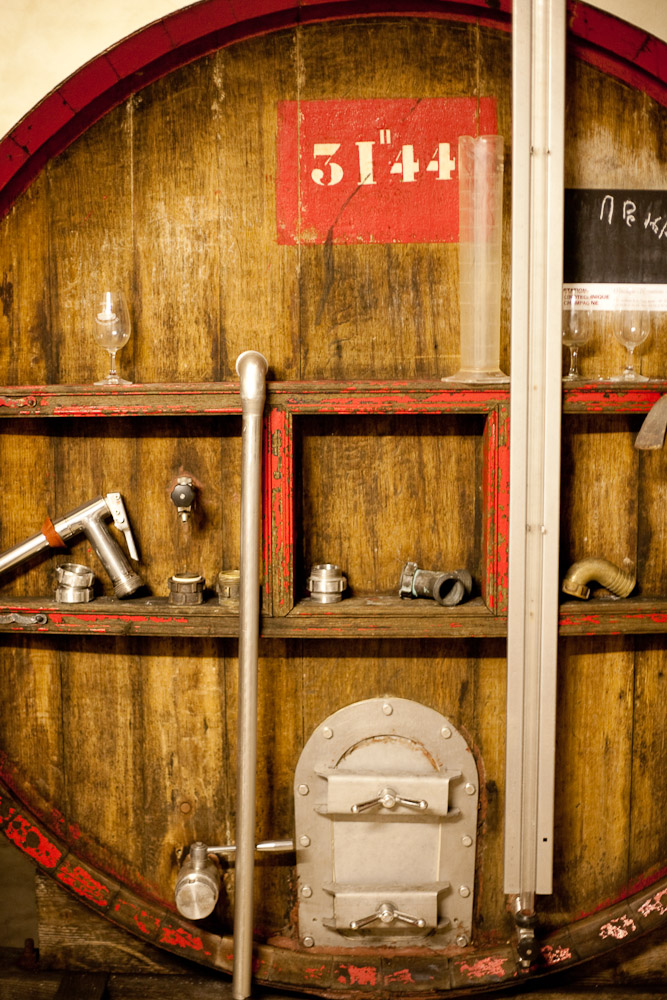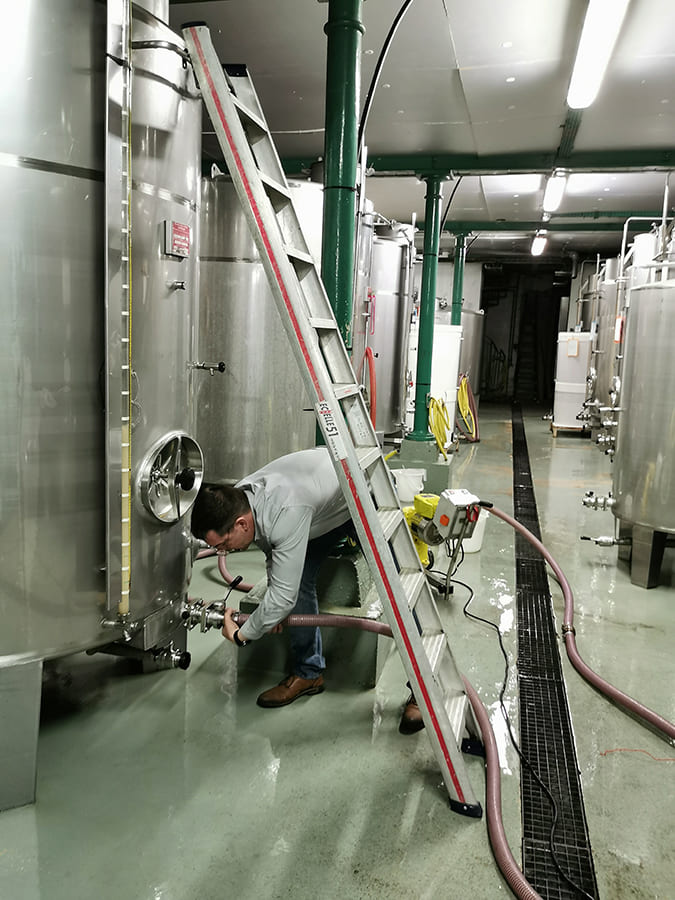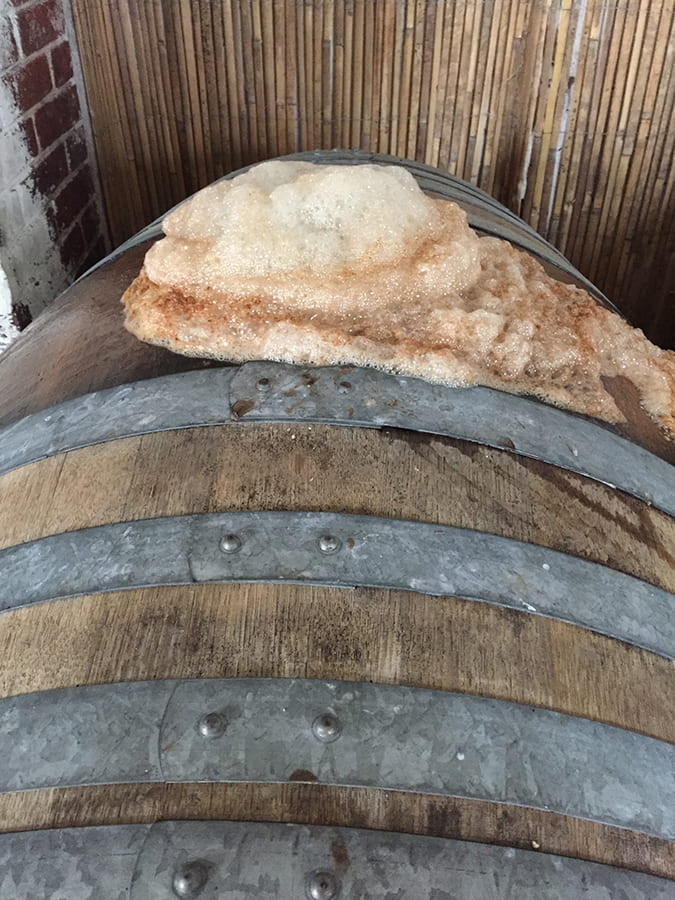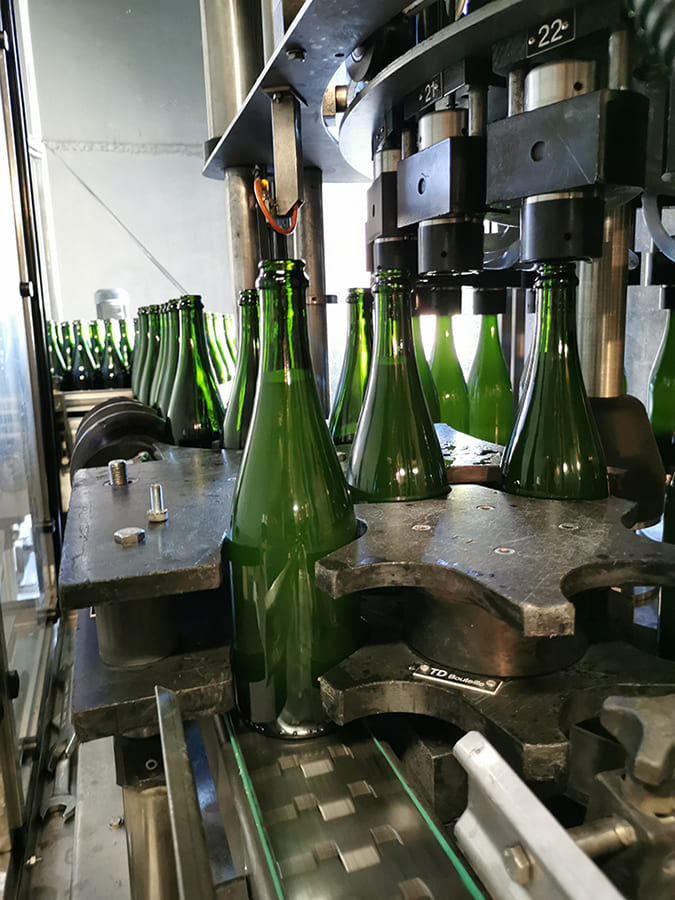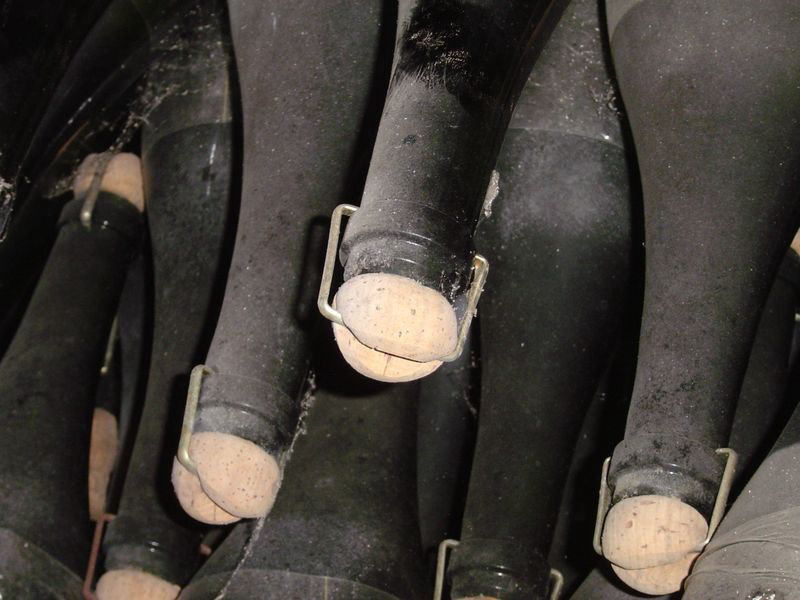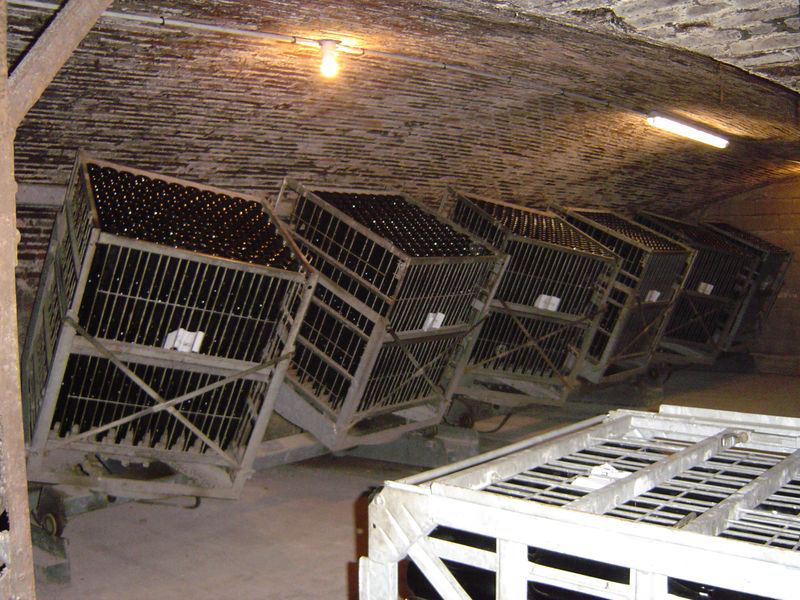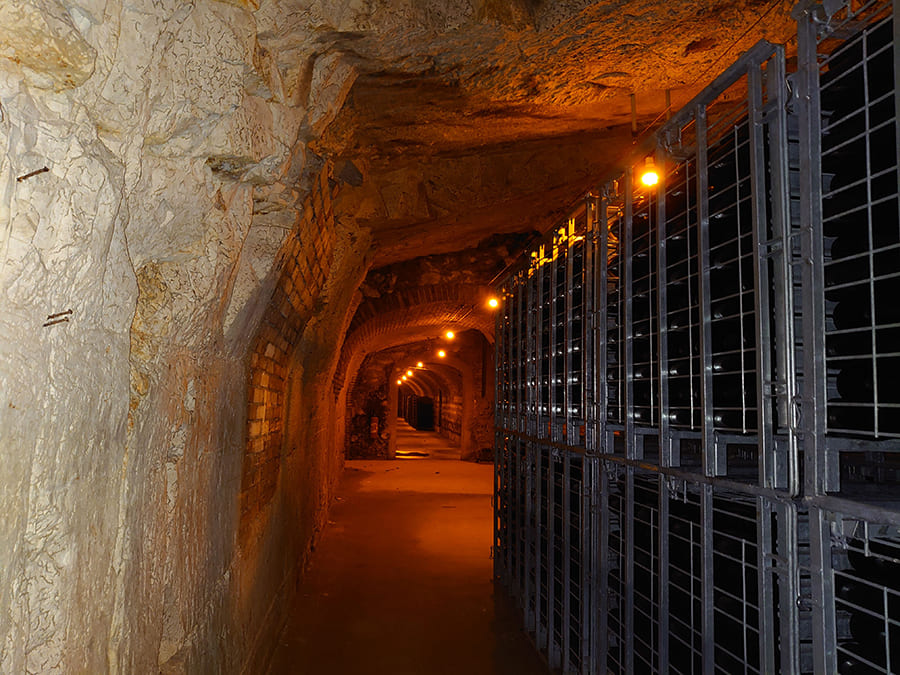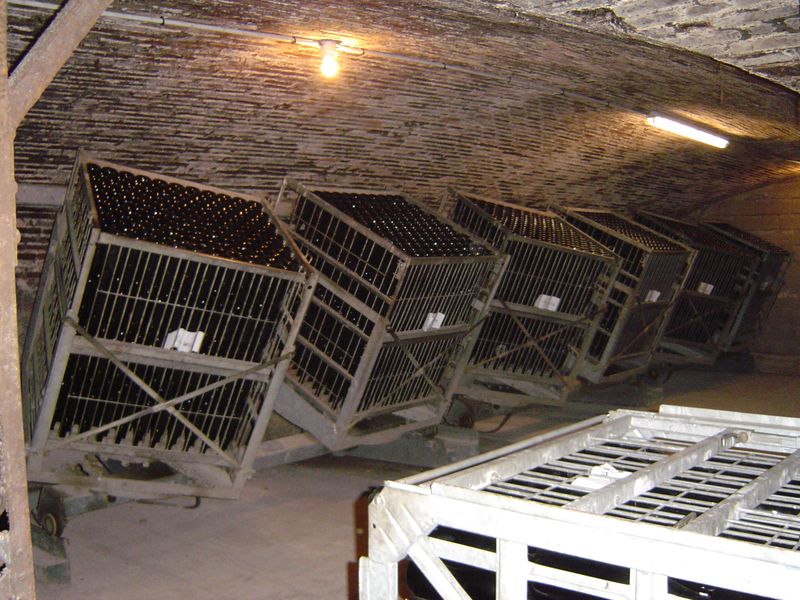Four generations of winegrowers have succeeded one another in the vines, making them a benchmark for the independent domains of Champagne
Vincent Gonet and his wife Davy Sulcova took the reins of the estate in 1985 , and decided to settle in Épernay in order to create their brand “Gonet-Sulcova”. When it was created, an avant-garde house , which broke the traditional codes of champagne bottles, it was Davy Sulcova who designed all the bottles.
Their children Karla and Yan-Alexandre respectively took over from the family estate in 1997 and 2003. They brought to the estate new vintages with respect and the requirement of this product.
Their champagnes always have low dosage , so as not to mask the original juice and so that the terroir can fully express itself in each bottle.
Assembly is also fundamental for the field. It is made in family and the decision can be made not to market some years. A courageous choice, if the cuvée does not meet the requirement and the taste of the owners. This is the signature of the Gonet-Sulcova house!

